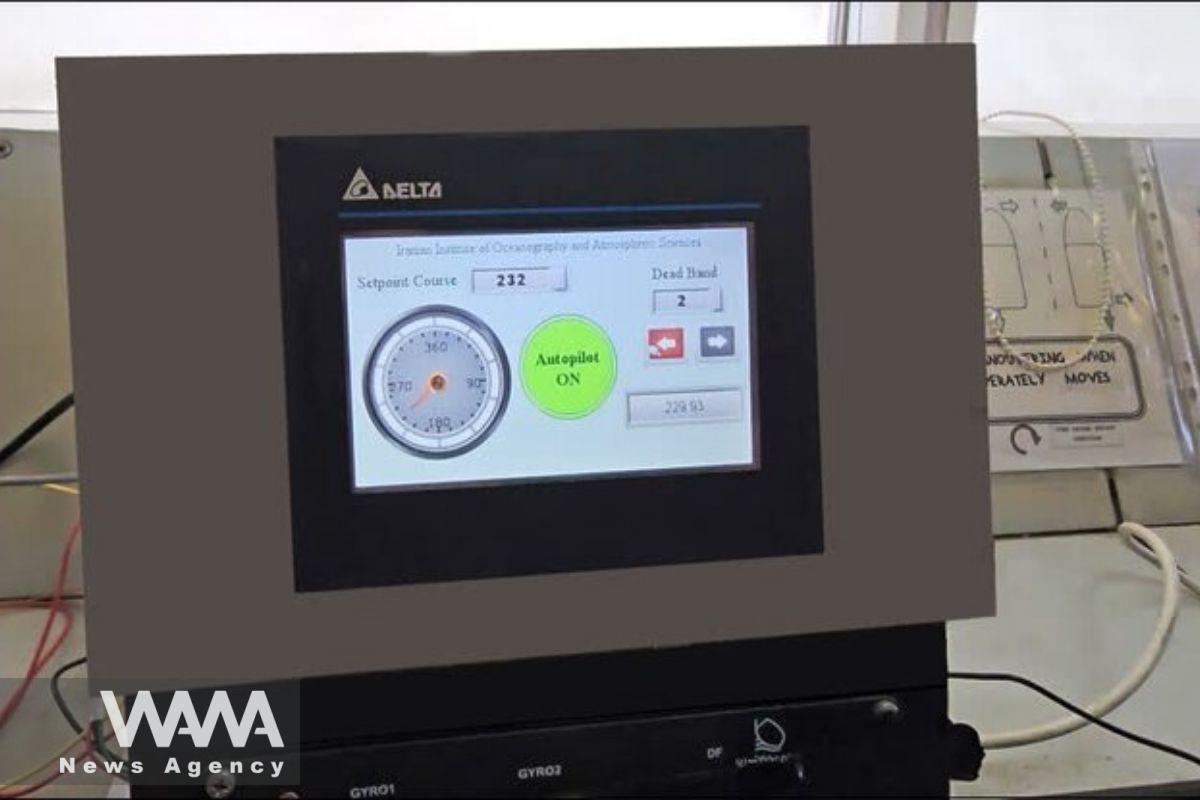Iranian Researchers Develop Ship Autopilot System
WANA (Apr 23) – In a significant leap toward maritime self-sufficiency, Iranian researchers have successfully developed an indigenous ship autopilot system, now operational aboard the Persian Gulf Explorer, a research vessel navigating the strategic waters of the Persian Gulf.
This smart navigation system—designed and built by scientists at the Iranian National Institute for Oceanography and Atmospheric Science—autonomously controls the ship’s rudder to maintain a precise heading.
Known as the “Ship Autopilot Navigation System,” it plays a crucial role in long-duration missions, particularly for scientific surveys that demand accurate, linear navigation to monitor seabeds, coastlines, and oceanographic conditions.
Dr. Saeed Najafi, the system’s lead developer, explains that such technology was previously imported, but sanctions forced a pivot to domestic innovation. “Facing import restrictions, we built this system in-house to reduce dependency and meet research demands,” he said.
The system has achieved TRL 9 certification from Iran’s national technology readiness assessment body, SAFA, marking it as ready for widespread deployment in the marine industry.
It integrates GPS, gyroscopes, and compasses to guide vessels even in low-visibility conditions or at night, similar in concept to an aircraft’s autopilot.
Beyond enhancing navigational accuracy, the autopilot reduces crew fatigue and human error, particularly over long distances or in harsh environments. It also contributes to fuel efficiency by minimizing unnecessary course deviations.
While foreign systems may offer additional features, Iran’s version provides critical autonomy in the face of sanctions, lowers foreign currency expenditure, and represents a strategic step in building a sovereign maritime technology base.

Ship Autopilot System. Social media/ WANA News Agency












